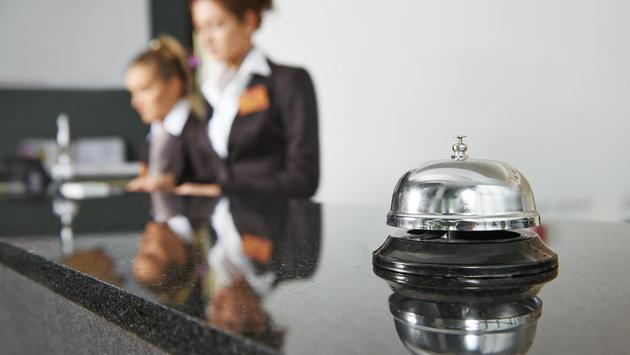Hotel Comeback Will Stretch Into at Least 2021

Like airlines and cruises, it will take the hotel industry well into 2021 before it shows any sign of recovery and getting back to 2019 levels, according to experts who attended the recent STR Hotel Data Conference.
“This is not a cycle,” Isaac Collazo, vice president of competitive intelligence for InterContinental Hotels & Resorts, told Travel Weekly. “This is truly a disruption. We’ve never seen anything quite like this.”
According to STR data, U.S. hoteliers saw their steepest decline ever the week of April 11 – coincidentally about the same time that airlines were at the lowest in terms of travel demand and when cruises had been banned from sailing.
The key statistic was Revenue Per Available Room (RevPar), which was down almost 84 percent. That was even worse than the downturns suffered in the wake of the Sept. 11, 2001, terrorist attacks (down 38 percent) and in the 2008 Great Recession due to the housing crisis (25.3 percent).
Adam Sacks, president of Tourism Economics, said it could take as long as three years for hotels to start seeing the kind of income it saw as recently as last year.
“Why three for this crisis?” Sacks asked rhetorically. “We believe it’s not appropriate to start the timer, in terms of economic rebuild, until we’re largely through the peak of the pandemic … which is really going to be the beginning of 2021.”
Sacks projected it will take until the first quarter of 2024, or a total recovery period of 15 quarters, for revenue to rebound to 2019’s high.
Again, by comparison, U.S. hotel revenue was able to climb back to its prior peak within just nine quarters during the Great Recession.
There is some optimism. Sacks said he believed U.S. hotels will recover around 81 percent of 2019’s demand levels and 68 percent of its revenue levels by the end of 2021.
“Kids aren’t going back to school, or [are doing so] virtually, and a lot of offices aren’t opening up, so there’s a lot more flexibility to extend the leisure travel season, and we can already see early telltale signs of that,” said Hilton Worldwide CEO Chris Nassetta during the company’s Q2 earnings call in early August. “It’s been very hard to get availability in certain locations in July and August, so it’s extending into September and maybe October.”
Still, STR and Tourism Economics were forced to downgrade their U.S. hotel performance forecast for the year. They project that nationwide RevPAR will decline 52.3 percent for 2020, while average daily rate and occupancy will slip 20.9 percent and 39.7 percent, respectively.
“It is slightly worse than what we had forecast at the end of June,” said STR president Amanda Hite. “And that’s really around demand. We went into this thinking we’d see some small meetings and corporate travel happening at the end of the third quarter and fourth quarter of this year. And that’s not what we’re anticipating now.”
